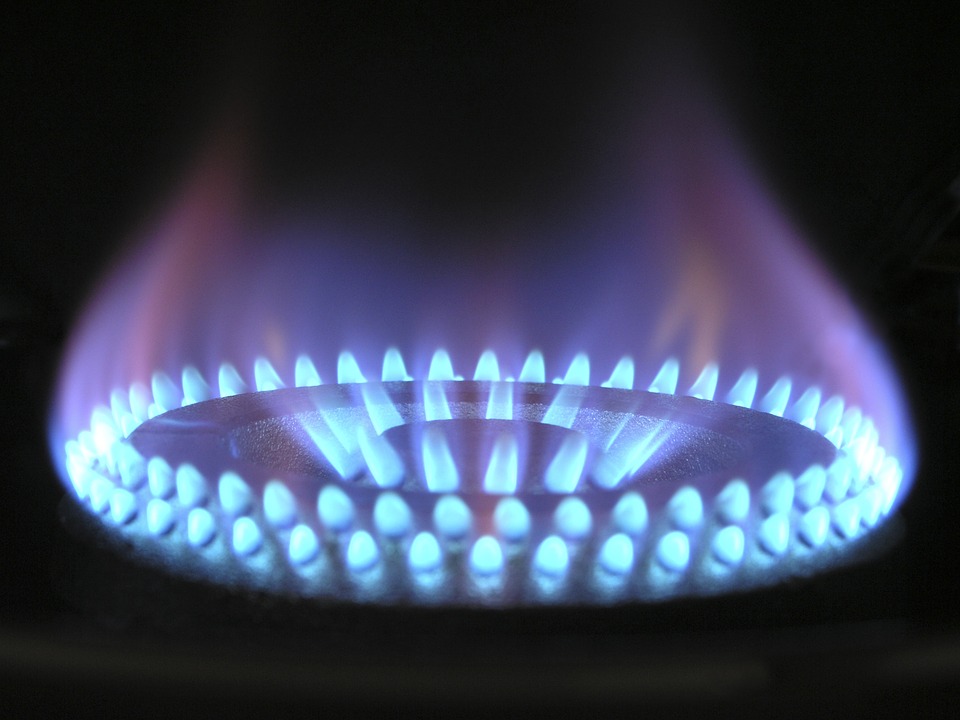Discover 10 Reasons Why Your Oven is Overheating
 Most ovens have traditional thermostats that control the temperature of the oven. If your oven is overheating on the outside and burning food, the most probable explanation is a faulty thermostat.
Most ovens have traditional thermostats that control the temperature of the oven. If your oven is overheating on the outside and burning food, the most probable explanation is a faulty thermostat.
However, there are a few other possible causes why your oven is overheating.
Let’s take a look at 10 of the most common reasons for the problem.
- Thermostat knob: A faulty thermostat knob will result in an inaccurate temperature setting in the oven. The knob should be securely attached. A technician can also recalibrate the knob.
- Thermostat-sensing bulb: Conventional ovens have a thermostat-sensing bulb usually at back left side or the rear. If the bulb has come loose from the holder or is damaged, the thermostat will malfunction and overheat the oven.
- Grime: Sometimes the thermostat can malfunction because it is covered with food and grime. Removing the thermostat and cleaning it may just solve the overheating problem.
- Oven-vent: Blockages in the oven vent is another common problem.
- Control panel: Some ovens have an electronic control panel. A power outage can cause a glitch in the control panel. To resolve this, an engineer can reset the circuit breaker and unplug the oven for a few minutes before turning it on again.
- Thermostat: Test the temperature of the oven using a heat resistant oven thermometer. If the oven temperature is higher than the level set, then most likely the thermostat needs replacement.
- Heating elements: The oven can also overheat if there is a malfunction with it’s heating element. The technician will check for any damage to the element or if the element has come loose. The outer casing of the element could hide damage to the element.
- Temperature sensor: Electrical ovens have a temperature sensor that ensures that the oven functions at the correct temperature. This is a long thin tube like part located usually in the top rear of the oven. A problem with the sensor can cause the oven to overheat.
- Selector switch: The selector switch in the oven acts as a communication device between the thermostat and the heating elements. It receives the temperature signal from the thermostat and regulates the heating elements. If the selector switch has a short, it may signal a lower than actual temperature, causing the heating elements to overheat the oven.
- Oven fan: If the oven fan is not working at the correct speed, the oven will overheat. To know more, read our ‘Oven Fan not Working Troubleshooting Guide ’.
For safety’s sake
Don’t meddle with the wires and whatnot in your oven to try fix the problem yourself. Rather call Surewise.com, report that your oven is overheating, and let them arrange for an engineer to fix the problem for you. If you meddle on your own, you are likely to violate the terms of your insurance policy.
Please remember:
Follow the manufacturer’s instructions regarding servicing your appliances. You’ll find this in the product manual. If you have a problem with an appliance, call in a NICEIC or Gas-Safe registered appliance engineer to repair your appliance. Don’t forget that if your appliance is not working optimally, you should also have it serviced to prevent causing damage to the appliance.
